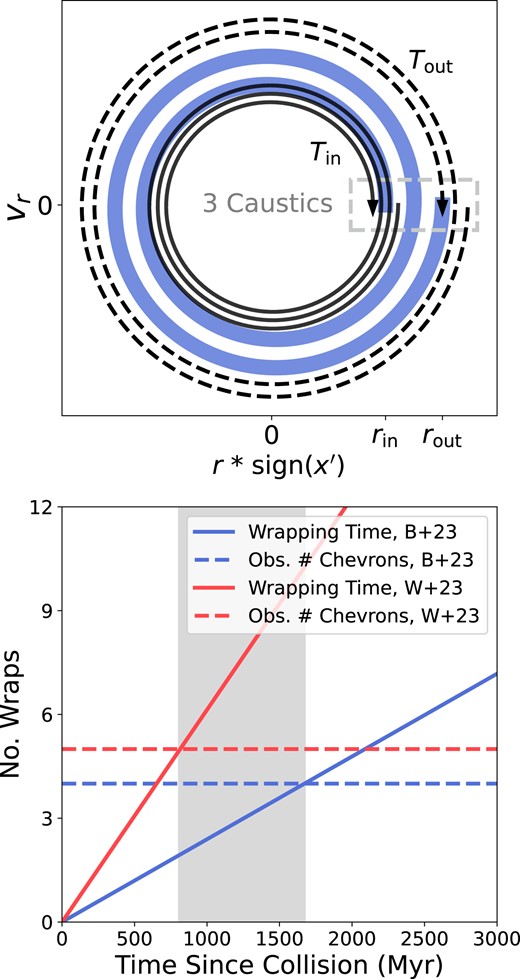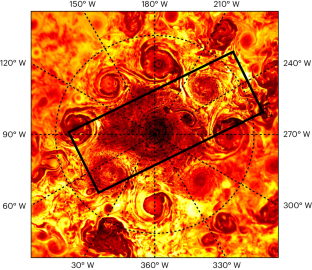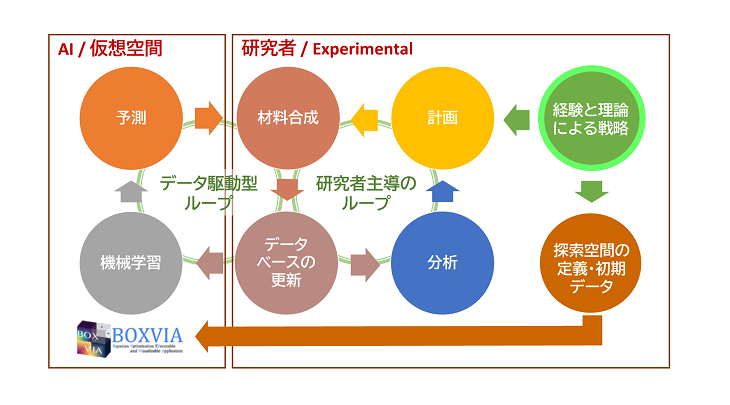2024-06-06 レンセラー工科大学 (RPI)
<関連情報>
- https://news.rpi.edu/2024/06/06/rensselaer-researchers-upend-theory-about-formation-milky-way-galaxy#
- https://academic.oup.com/mnras/article/531/1/1422/7675507
「最後の大合併」の残骸はダイナミックに若い The debris of the ‘last major merger’ is dynamically young
Thomas Donlon, Heidi Jo Newberg, Robyn Sanderson, Emily Bregou, Danny Horta, Arpit Arora, Nondh Panithanpaisal
Monthly Notices of the Royal Astronomical Society Published:16 May 2024
DOI:https://doi.org/10.1093/mnras/stae1264

ABSTRACT
The Milky Way’s (MW) inner stellar halo contains an [Fe/H]-rich component with highly eccentric orbits, often referred to as the ‘last major merger.’ Hypotheses for the origin of this component include Gaia-Sausage/Enceladus (GSE), where the progenitor collided with the MW proto-disc 8–11 Gyr ago, and the Virgo Radial Merger (VRM), where the progenitor collided with the MW disc within the last 3 Gyr. These two scenarios make different predictions about observable structure in local phase space, because the morphology of debris depends on how long it has had to phase mix. The recently identified phase-space folds in Gaia DR3 have positive caustic velocities, making them fundamentally different than the phase-mixed chevrons found in simulations at late times. Roughly 20 per cent of the stars in the prograde local stellar halo are associated with the observed caustics. Based on a simple phase-mixing model, the observed number of caustics are consistent with a merger that occurred 1–2 Gyr ago. We also compare the observed phase-space distribution to FIRE-2 Latte simulations of GSE-like mergers, using a quantitative measurement of phase mixing (2D causticality). The observed local phase-space distribution best matches the simulated data 1–2 Gyr after collision, and certainly not later than 3 Gyr. This is further evidence that the progenitor of the ‘last major merger’ did not collide with the MW proto-disc at early times, as is thought for the GSE, but instead collided with the MW disc within the last few Gyr, consistent with the body of work surrounding the VRM.



